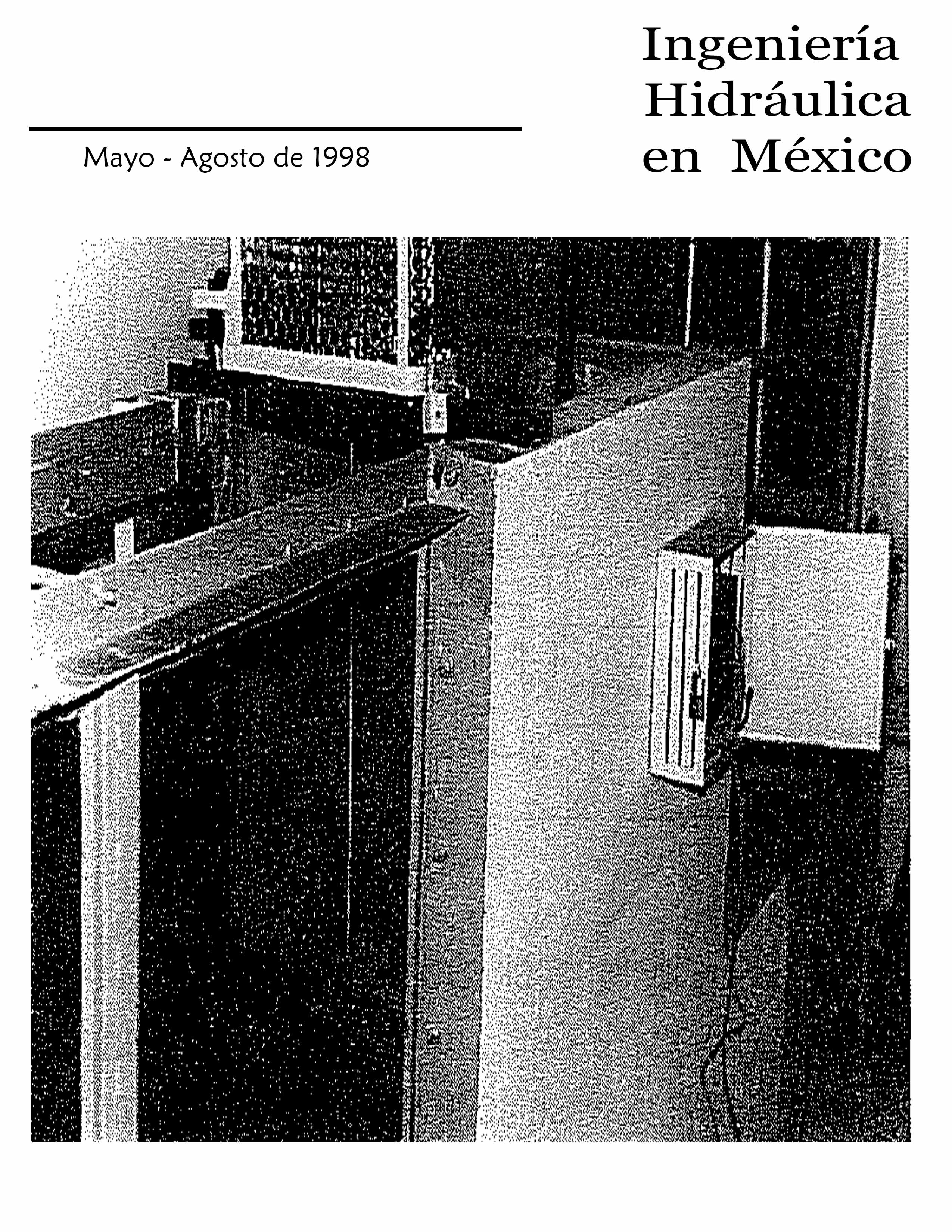Modelling of lahares resulting from the eruption of Popocatépetl volcano
Keywords:
Lahars, Popocatépetl, eruption, inertial regime, melting snow, sediment transport, deposition, reachAbstract
A hydraulic model based on the kinetic theory for granular flow is developed to calculate the hydrodynamic characteristics of lahars that may be formed by a possible eruption of the Popocatépetl volcano, in Mexico, and the melting of the polar snow cap. The model is capable of reproducing the mixture flow rates, mean velocities, flow depths and mean solid concentrations in several reaches of the gorges most likely to form lahars, beginning at the volcano's summit. The gorges were selected based on geological and topographical conditions. Depositional areas of lahars were predicted considering the lahar's hydraulics and the gorges' topographical characteristics. Risk areas are located within a 30 km radius of the volcano's summit.
Downloads
Published
How to Cite
Issue
Section
License
By Instituto Mexicano de Tecnología del Agua is distributed under a Creative Commons Attribution-NonCommercial-ShareAlike 4.0 International License. Based on a work at https://www.revistatyca.org.mx/. Permissions beyond what is covered by this license can be found in Editorial Policy.









